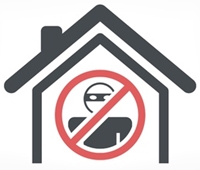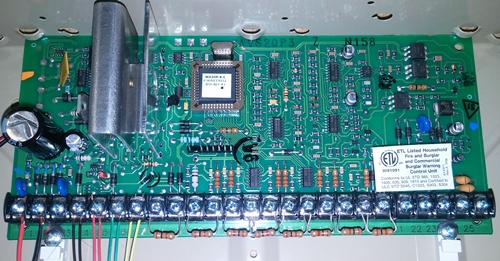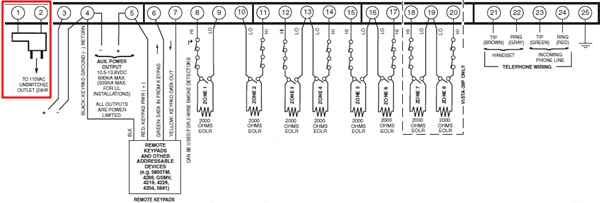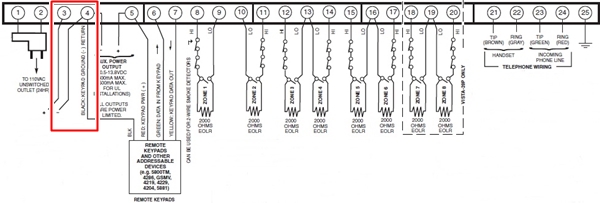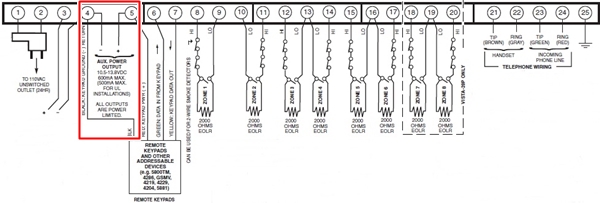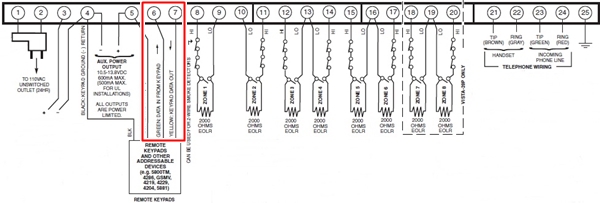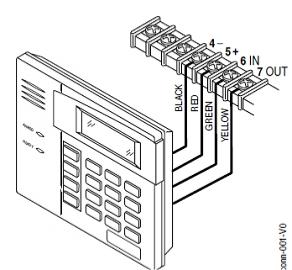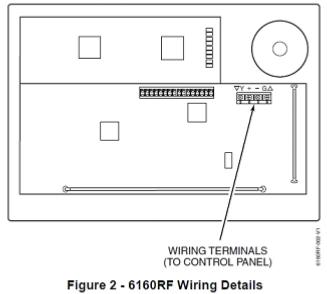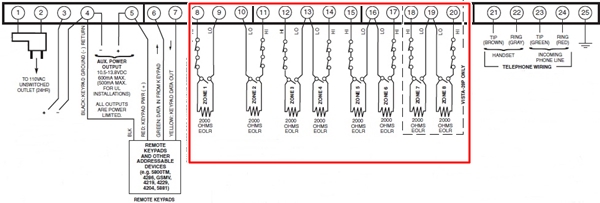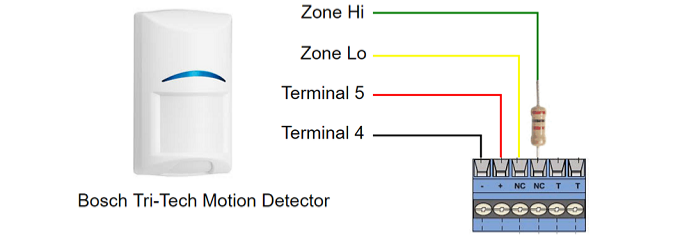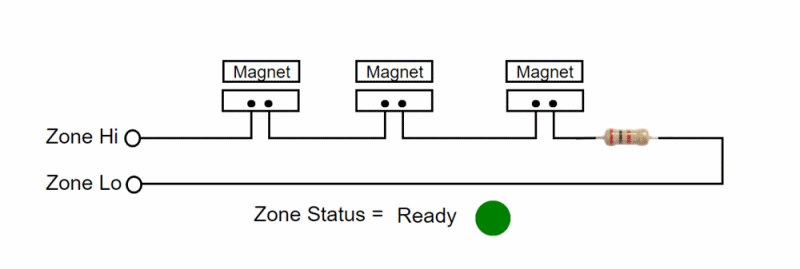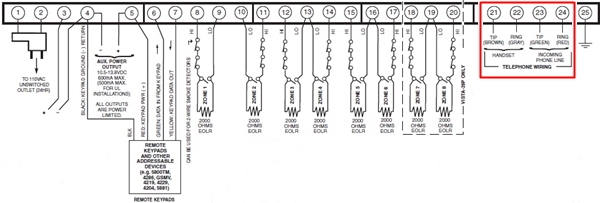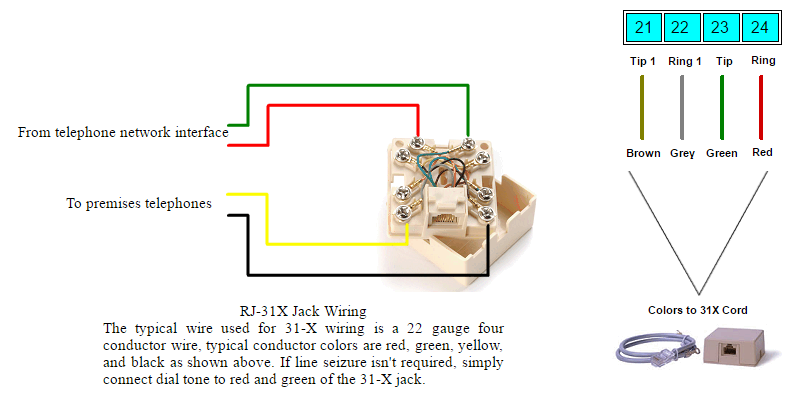Honeywell Installation FAQ
I need a new transformer for my Honeywell Vista alarm panel, what kind do I need to purchase?
Honeywell panels use a 16.5 volt transformer, typically either a 25vA or 40vA model. Transformers aren't proprietary, so any brand will work. The only real requirement is its voltage rating (16.5 volts) at a minimum of 25vA current output.
My motion detector is false alarming, how do I fix it?
Most alarm systems have standard PIR type motion detectors that function by detecting a person's body heat as it moves along the cooler background of walls, floors, and furniture. The problem is that a PIR can be fooled by any number of environmental issues.
Check for:
- A heater vent blowing on the detectors lens
- A heater vent blowing on a plant or curtain near the detector
- Spider webs near the detector, or live insects that may crawl over the detector
- Plants that are too close to the detector
Any motion detector will eventually go bad and need to be replaced. A wired motion detector isn't proprietary, so if you need a replacement you might as well Upgrade to a Bosch Tri-Tech
One of my doors no longer acivates the alarm system, how do I fix it?
The internals of a door or window contact are very fragile and can be damaged by something as simple as the static charge from lightning striking nearby. The bad contact will either remain closed when it should trip, or remained tripped when it should be closed. Sometimes it'll even fall somewhere in the middle by adding adding resistance on closure, or never fully opening when tripped. Long story short, if you have a bad contact you can replace it easy enough. Most residential contacts are 3/8" recessed press fit contacts.
- Pry out the contact using a small flat head screwdriver
- Cut its two wires near the contact
- Strip back about 1/4" of insulation on each wire
- Use a Terminal Type 3/8" Contact as a replacement (either wire to either terminal)
- Press the new contact back into the original hole
You'll sometimes need to use spackle or wood filler to smooth out the area around the contact.
